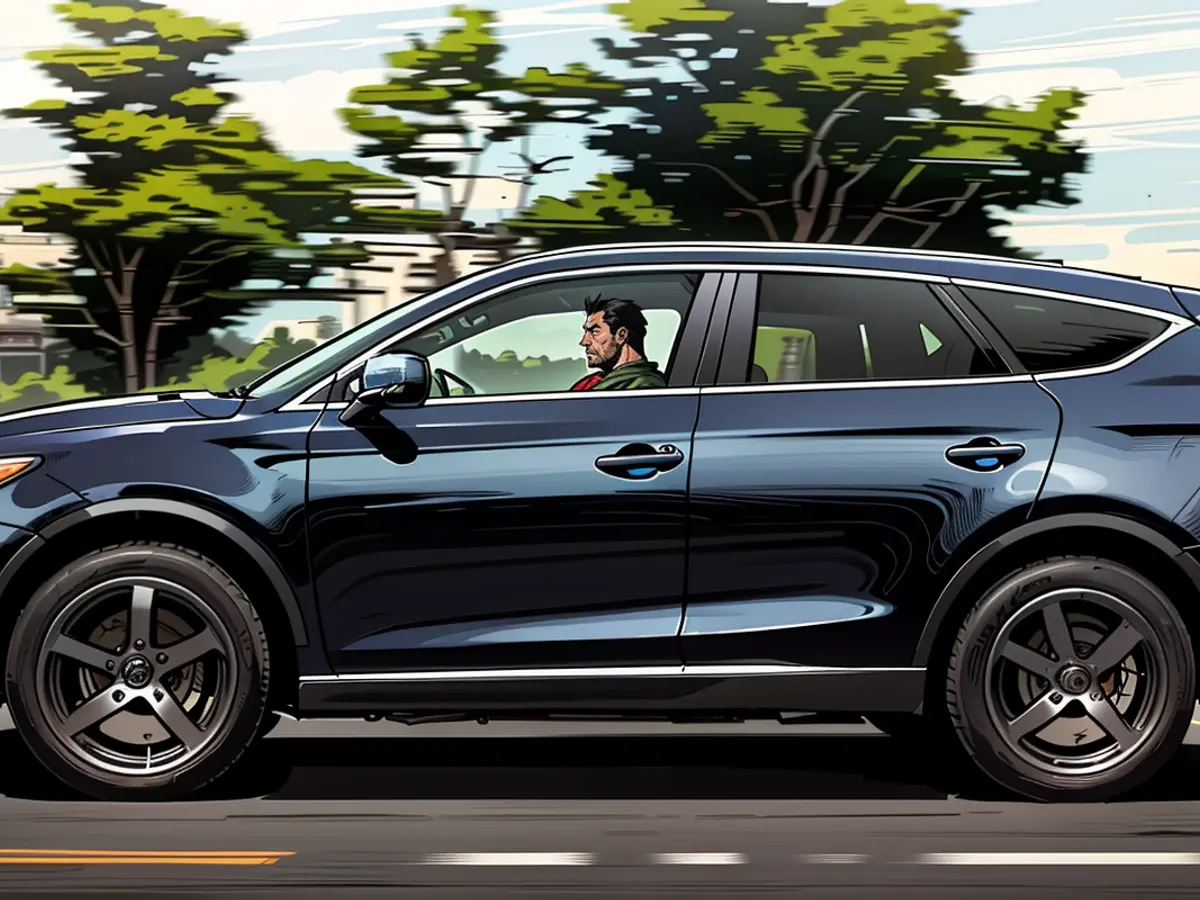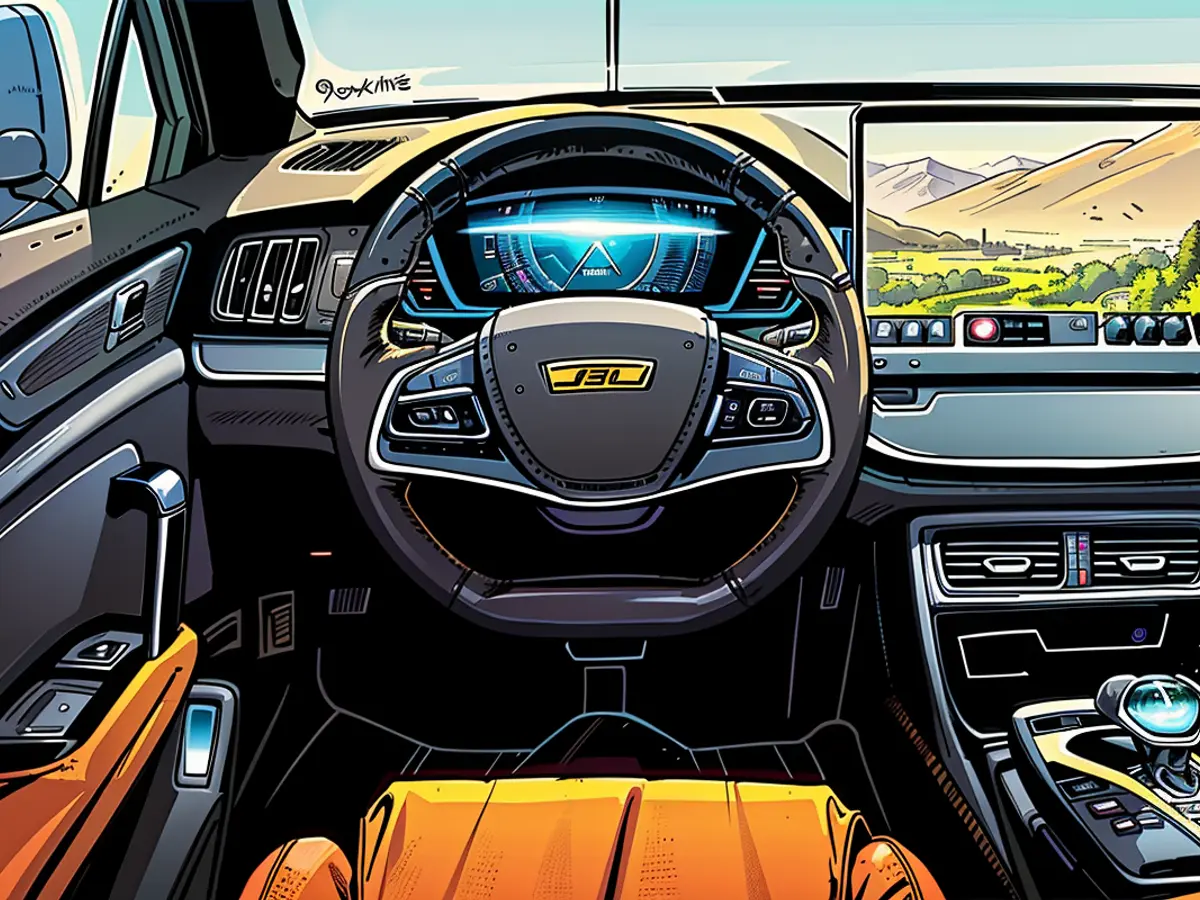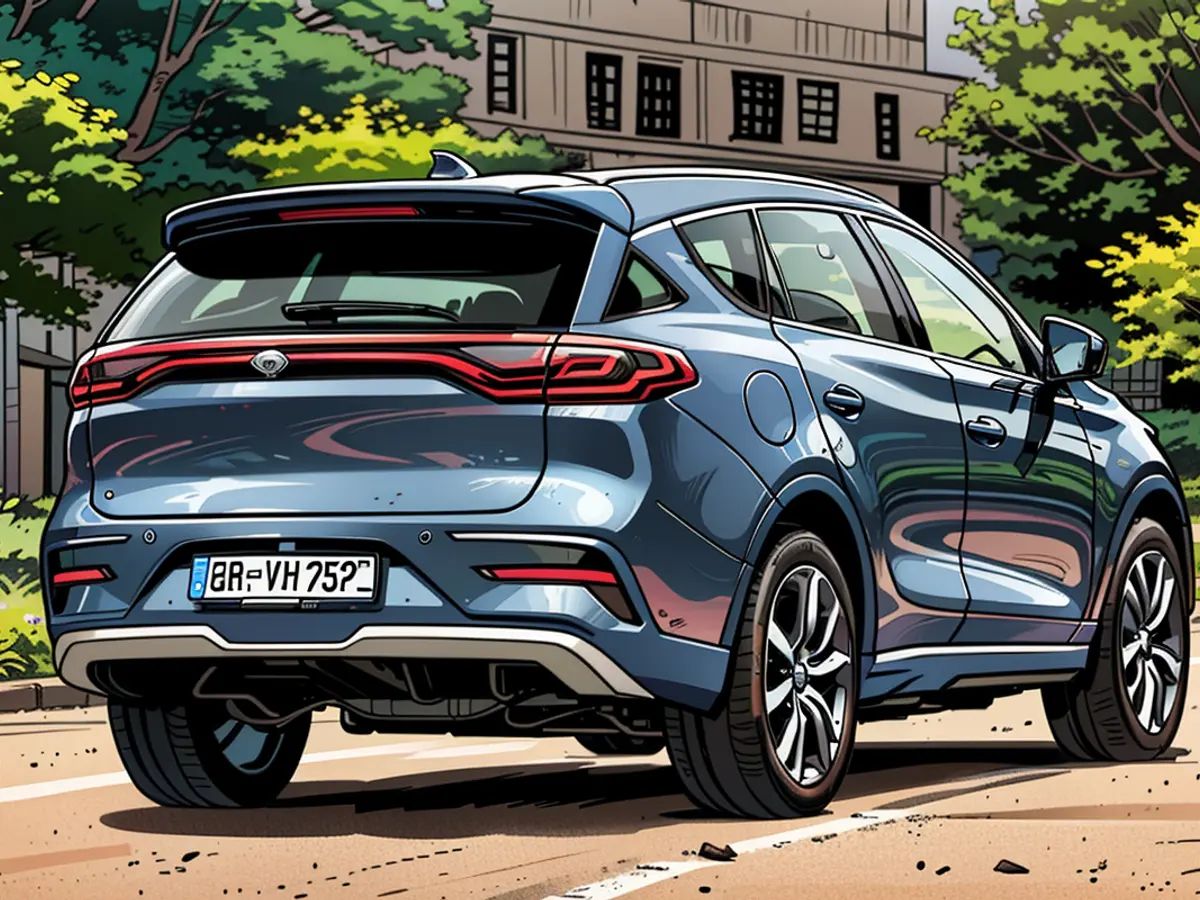BYD Tang improved - charges faster and drives further
The Tang is one of the early BYD models introduced in Europe. Two years after market launch, the Chinese send their full-electric SUV flagship renewed to the streets with improved charging speed and range.
Electric drive, attractive design, seven seats - the heart of the eco-conscious family father beats faster, sooner. However, we all know by now: These electric family buses are expensive. And even though the prices for the new BYD Tang are not yet known: Under 70,000 Euro is unlikely to make a difference - especially since fines are also on the horizon.
When it comes to premium prices in Germany, one is inevitably dealing with premium competitors, and China's number one e-car manufacturer here has so far struggled to gather enough arguments for the Tang. Most of the around 1500 units sold in Europe have gone to Norway, which is a bit more flexible in this regard.
New edition rather extensive facelift

Perhaps things will change with the new edition, which is rather a kind of extensive facelift. The design and especially the front show significantly more EV-look with a covered grille and new slim LED headlights, which harmonize and give the nearly five-meter-long crossover a stately appearance without being too bulky.
Inside, there is decent seating space with seven seats, some of which can be adjusted in length and folded in various ways. With a full seat configuration, only 235 liters of cargo space remain, but in practice, the Tang is likely to be used as a five-seater most of the time - then with 940 liters of cargo volume.
The ambiance and material quality make a high-end and appropriate impression for this vehicle class. Up front, digital instruments, a large rotating touchscreen, and a head-up display provide all the information needed on the road. In today's world, there is no longer any peace without digital displays for real or suspected driver misbehavior. But why a new digital turn signal had to be composed is unclear.

BYD Tang to come to Germany
For an electric vehicle, there is a slight lack of airiness inside. The bulky center console radiates gasoline vibes, and in fact: The Tang is not based on a pure EV platform but is also offered in China as a plug-in hybrid - and is reportedly planning to come to Europe as well, at least in its electric version.
Initially, however, the Tang is electric in Europe. The two electric motors at the front and rear axle provide all-wheel drive with a combined output of 380 kW/517 PS and 700 Nm. The nearly 2.6-ton seven-seater reaches the 100 km/h mark in 4.9 seconds.

The Tang reacts aggressively to accelerator movements when Sport mode is activated and feels quite agile, despite its substantial dimensions, thanks to the new suspension with adaptive dampers.
The brakes could still dose a bit better, the steering a bit more precisely - but none of this detracts from its use as a comfortable long-distance cruiser.
More range

Furthermore, the Tang has made progress in terms of range. The battery, which is built in a flat Blade-Building process, now has a capacity of 108.8 kWh - 22 kWh more than before -, the range increases by 130 km to 530 km - a medium value, given the relatively high energy consumption of 24 kWh.
Improved, the large Crossover model from BYD shows itself in charging speed, which might be even more important than range in everyday life. At fast-charging stations, the Tang now consumes power with up to 170 kW. This allows the battery to be charged from 30% to 80% in half an hour. At alternating current stations, it now charges at 11 kW instead of 7.
The new Tang ultimately does a lot better than its predecessor - and this shows how quickly the Chinese are optimizing their products. And on second thought, the price, which undercuts all direct competitors, is also relativized. That 70,000 Euro plus tax is still a lot of money for a family car is a different matter.

BYD Tang - technical data
- Five-seater, seven-seat E-Segment SUV
- Length: 4.97 meters, width: 1.96 meters, height: 1.75 meters, wheelbase: 2.82 meters, trunk volume: 235-1655 liters
- Drive: Two electric motors, system power: 380 kW/517 PS, system torque: 700 Nm, 0-100 km/h: 4.9 s, top speed: 190 km/h, consumption: 24 kWh/100 km, electric range: 530 km (WLTP), battery: 108.8 kWh, charging power: 11 kW (AC), 170 kW (DC), charging time (DC) 30-80% in 30 minutes
- Price: around 70,000 Euro
The new edition of the BYD Tang, popular among eco-conscious families, features an extensive facelift with a more EV-look and improved charging speed, appealing to potential buyers. Chinese carmaker BYD is planning to bring the Tang, known for its all-wheel drive capability and aggressive acceleration, to Germany, not just as an electric vehicle, but potentially as a plug-in hybrid as well. Despite the increased range and impressive charging speed, the high price tag of around 70,000 Euro remains a challenge for Chinese carmakers in the premium market, particularly in Germany.








